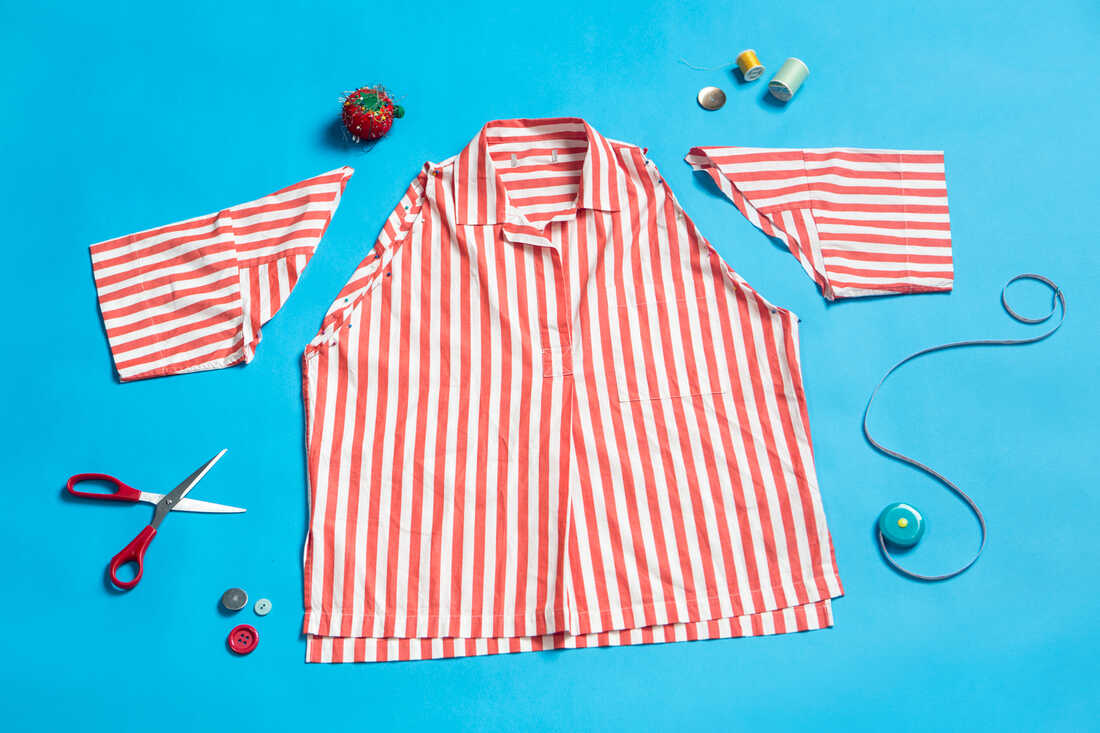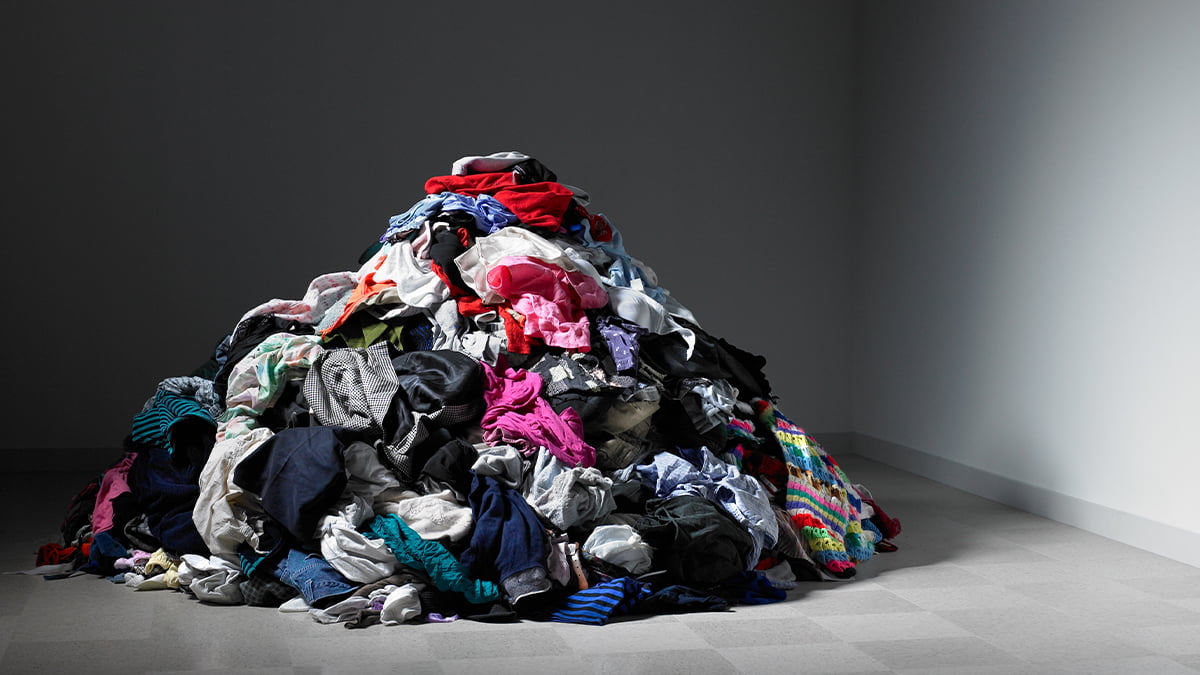The production of fashion items makes up 10 per cent of humanity’s carbon emissions, polluting water bodies and soil. What is even more astonishing is the fact that 85 per cent of all textiles end up in a landfill each year. Consumerism has left us wanting more and as a consequence, our environment suffers as the resources are depleting and the production is increasing.
With pressure from various international organisations, brands and consumers are now more conscious than ever about the types of products that they are selling and buying. While fast fashion lays an emphasis on variety and a new collection every season, sustainable fashion is getting equally popular and the motto is : “Buy less but better.”
While sustainable fashion comprises a vast number of concepts, key terms like reusing, recycling, upcycling and downcycling are extremely relevant.

To reuse an item is to make use of it whether for its original purpose or to upcycle or repurpose it. Plastic bags are one of the most reused things in a middle-class Indian household. Most of us would have a big plastic bag hoarding all the smaller ones. In a sustainable living context, reusing means buying things that are not meant for one-time use.
Upcycling can be defined as creatively reusing an item, be it a piece of clothing, an accessory, a box etc. Instead of discarding the unwanted or worn-out item, it is fixed or decorated to be used as something as good as new. While the fashion industry is catching up on this trend now, Indians have been doing this for years – the mother’s old sari was stitched as an Anarkali suit or a tin box would be decorated with shells to be used as a trinket box. Not only does this add to the authentic aesthetic of our living spaces, it also adds great environmental value by cutting down on our consumption and the need to buy anything new.
The process of downcycling is environmentally beneficial as it reduces the garbage that ends up in landfills and also reduces the pollution caused thereby. In addition, energy cost saving and decreased manufacturing costs also motivate companies to opt for this method. Moreover, downcycled items do not have to be sorted
Reusing old items in our generational context may not entirely be a choice for individuals from oppressed social locations, and this must also be kept in mind while we address this idea. But for consumers who have access to products, a conscious mechanism of spending must be reflected upon to keep privileges in check and be accountable for the environment.
While upcycling still fulfils the original function of the item, repurposing changes its conventional objective to serve a different purpose altogether. For example, old pillow covers or T-shirts are often used as a dusting cloth and discarded towels are used as mops. Unwanted denim fabric can be repurposed to a tote bag, not only is this fashionable but would also replace the hazardous plastic bags. Worn out t-shirts, shirts and dresses can be patched into a quilt or quilt cover.
Also read: What Is Greenwashing?: Unpacking False Marketing Claims About Environmental Sustainability

The process of complete breakdown of a product, to be used as raw material in the production of a new item, is called recycling. Many contemporary fashion brands are now following this trend. The fast fashion brand H&M gives discount coupons in exchange of old clothes. As a part of their sustainability program, these clothes are shredded and used to make new pieces of clothing under the brand’s name.
The fashion industry is as much responsible for climate change, deforestation, plastic pollution, loss of biodiversity, water scarcity and so on, as any other industry. As consumers, it is our responsibility to be mindful of the kind of clothes and products that we are buying, and ensure that we exercise caution by trying our best to limit mindless consumption
In India, Assam’s Rupjyoti Saikia Gogoi’s initiative addresses environmental problems by also aiding rural women earn a livelihood. The collective called Village Weaves, creates handloom products from the waste of plastic bottles, packets of chips etc, that tourists leave behind. Not only has this initiative helped in whittling down the plastic pollution in the area, but it has also helped in employing more than 2300 women across 35 villages in the state. Today, hundreds of women craft handbags, doormats, table mats, wall hangings, coasters, table covers, tea cosies, runners and other items from plastic waste.
Downcycling is the recycling of waste where the recycled material is of lower quality and functionality than the original material. The term describes the product made from recycling, which is not as structurally strong as the original product. One of the most common examples of the process is the transformation of plastic bottles into carpeting or fleece fibers and then later turning fleece and carpeting materials into plastic lumber products.

The process of downcycling is environmentally beneficial as it reduces the garbage that ends up in landfills and also reduces the pollution caused thereby. In addition, energy cost saving and decreased manufacturing costs also motivate companies to opt for this method. Moreover, downcycled items do not have to be sorted.
The fashion industry is as much responsible for climate change, deforestation, plastic pollution, loss of biodiversity, water scarcity and so on, as any other industry. As consumers, it is our responsibility to be mindful of the kind of clothes and products that we are buying, and ensure that we exercise caution by trying our best to limit mindless consumption.
Also read: Building An Eco-Friendly Wardrobe: Sustainable Fashion Must Not Just Remain A Buzzword
Featured Image: Harvard Business Review
About the author(s)
Taanya is currently pursuing her Master’s degree in English Literature from Jamia Millia Islamia, New Delhi. Feminist Studies and Postcolonial Studies pique her interest. She reads all genres but has a special liking for LGBTQ literature and women’s writings. Her other obsessions include street food and strong coffee




